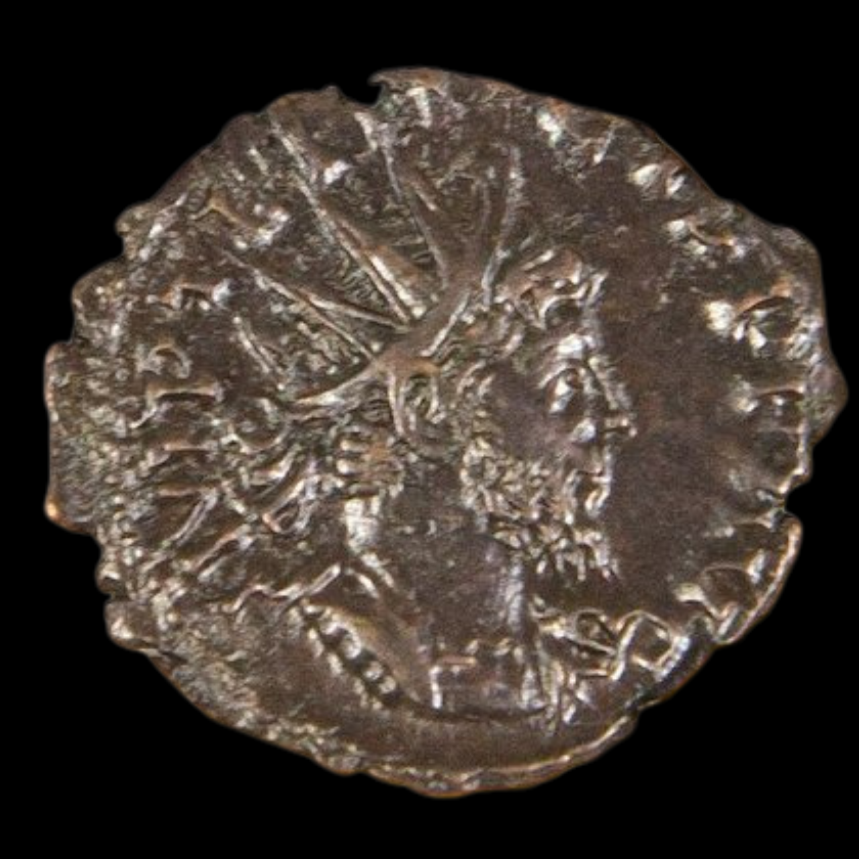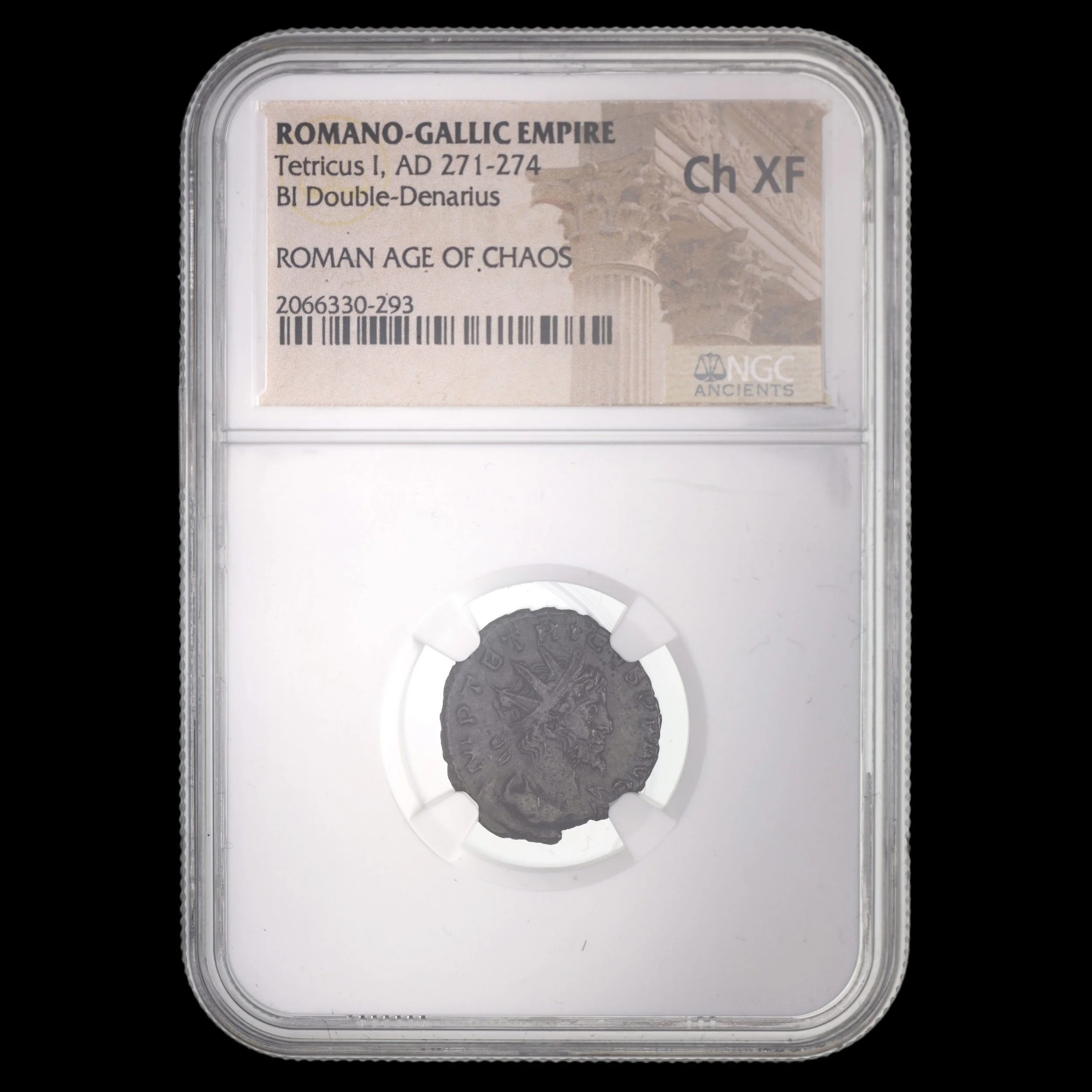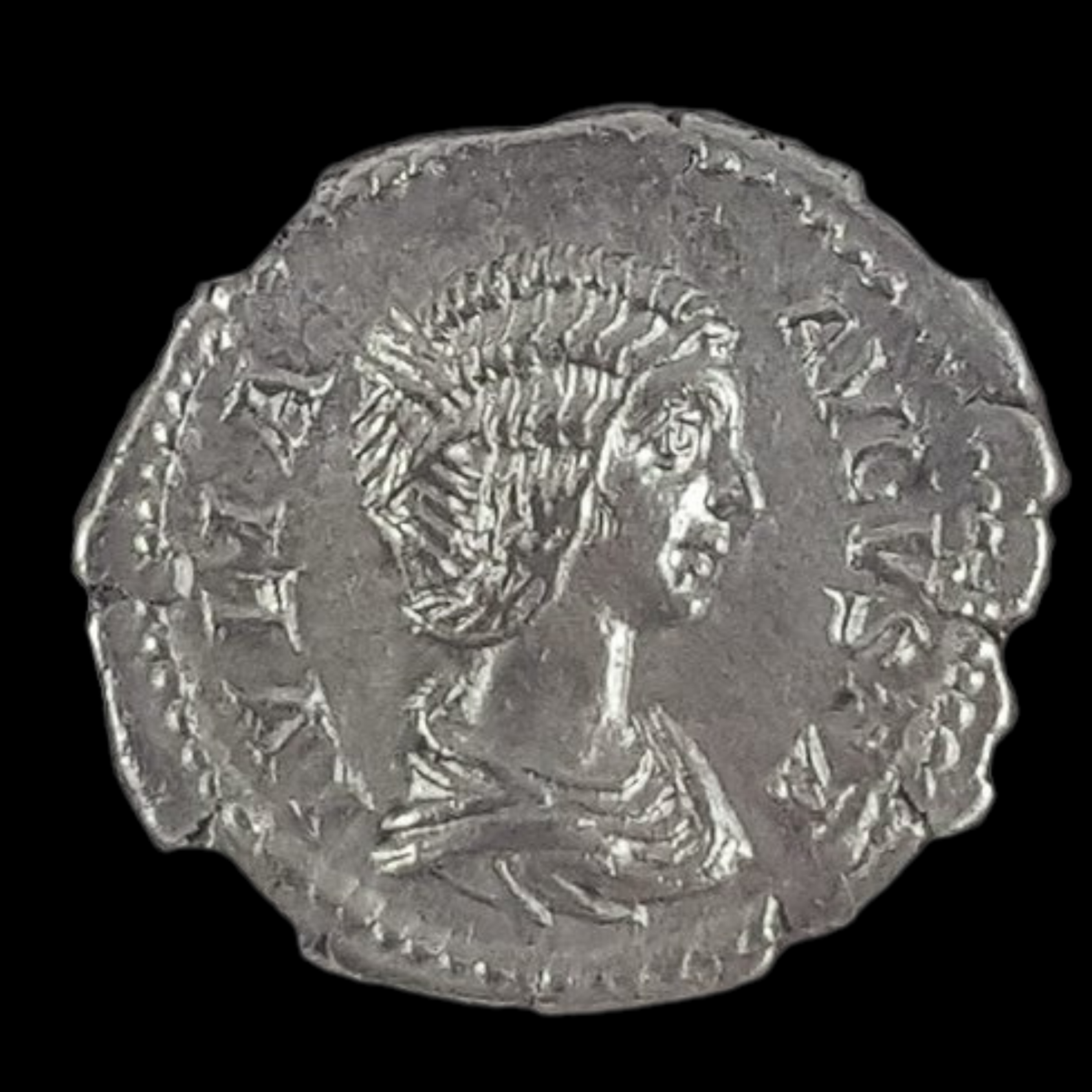 Image 1 of 7
Image 1 of 7

 Image 2 of 7
Image 2 of 7

 Image 3 of 7
Image 3 of 7

 Image 4 of 7
Image 4 of 7

 Image 5 of 7
Image 5 of 7

 Image 6 of 7
Image 6 of 7

 Image 7 of 7
Image 7 of 7








Arcadius Roman AE4 (about 1,615-1,640 years ago)
The coins shown are representative examples of the grade and type, but not the actual specimens for sale. For details on NGC’s grading standards and definitions, please refer to our NGC Grading page.
This small bronze coin was issued during the reign of Emperor Arcadius, the first ruler of the Eastern Roman Empire after the permanent division of the empire following Theodosius I's death. These small denomination coins would have been used for everyday transactions throughout the eastern Mediterranean during this pivotal transitional period.
Coin Description:
Front side: Profile portrait of Emperor Arcadius wearing an imperial diadem, with his name and titles in Latin around the edge
Back side: Likely features common late Roman imagery such as Victory figures, military standards, or Christian symbols increasingly common in this period
Technical Details:
Bronze composition (copper alloy)
AE4 denomination (smallest standard bronze coin)
NGC certified (Numismatic Guaranty Corporation)
Minted between 383-408 CE in various eastern imperial mints
Condition: Certified by NGC, specific grade not provided
Historical Significance: This coin represents the formal beginning of what historians now call the Byzantine Empire. When Theodosius I died in 395 CE, the Roman Empire was permanently divided between his sons, with Arcadius taking the east and Honorius the west. Under Arcadius, the Eastern Empire maintained stability while the Western Empire began its terminal decline. Despite being characterized by ancient sources as weak and dominated by ministers and his wife Eudoxia, Arcadius' reign laid important foundations for the Byzantine state that would endure for another millennium.
The coins shown are representative examples of the grade and type, but not the actual specimens for sale. For details on NGC’s grading standards and definitions, please refer to our NGC Grading page.
This small bronze coin was issued during the reign of Emperor Arcadius, the first ruler of the Eastern Roman Empire after the permanent division of the empire following Theodosius I's death. These small denomination coins would have been used for everyday transactions throughout the eastern Mediterranean during this pivotal transitional period.
Coin Description:
Front side: Profile portrait of Emperor Arcadius wearing an imperial diadem, with his name and titles in Latin around the edge
Back side: Likely features common late Roman imagery such as Victory figures, military standards, or Christian symbols increasingly common in this period
Technical Details:
Bronze composition (copper alloy)
AE4 denomination (smallest standard bronze coin)
NGC certified (Numismatic Guaranty Corporation)
Minted between 383-408 CE in various eastern imperial mints
Condition: Certified by NGC, specific grade not provided
Historical Significance: This coin represents the formal beginning of what historians now call the Byzantine Empire. When Theodosius I died in 395 CE, the Roman Empire was permanently divided between his sons, with Arcadius taking the east and Honorius the west. Under Arcadius, the Eastern Empire maintained stability while the Western Empire began its terminal decline. Despite being characterized by ancient sources as weak and dominated by ministers and his wife Eudoxia, Arcadius' reign laid important foundations for the Byzantine state that would endure for another millennium.

























